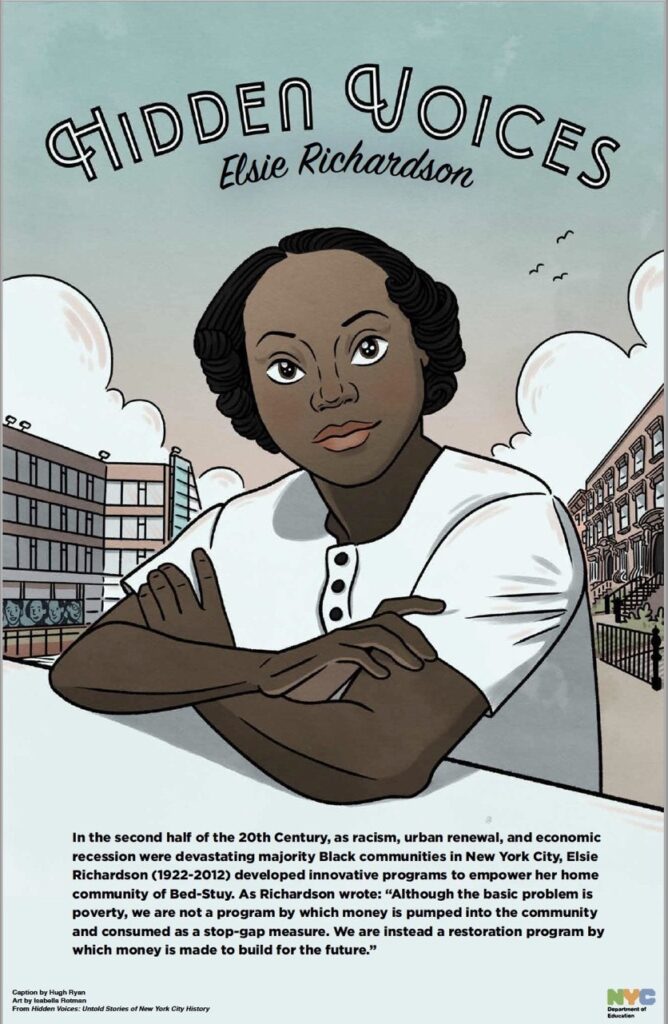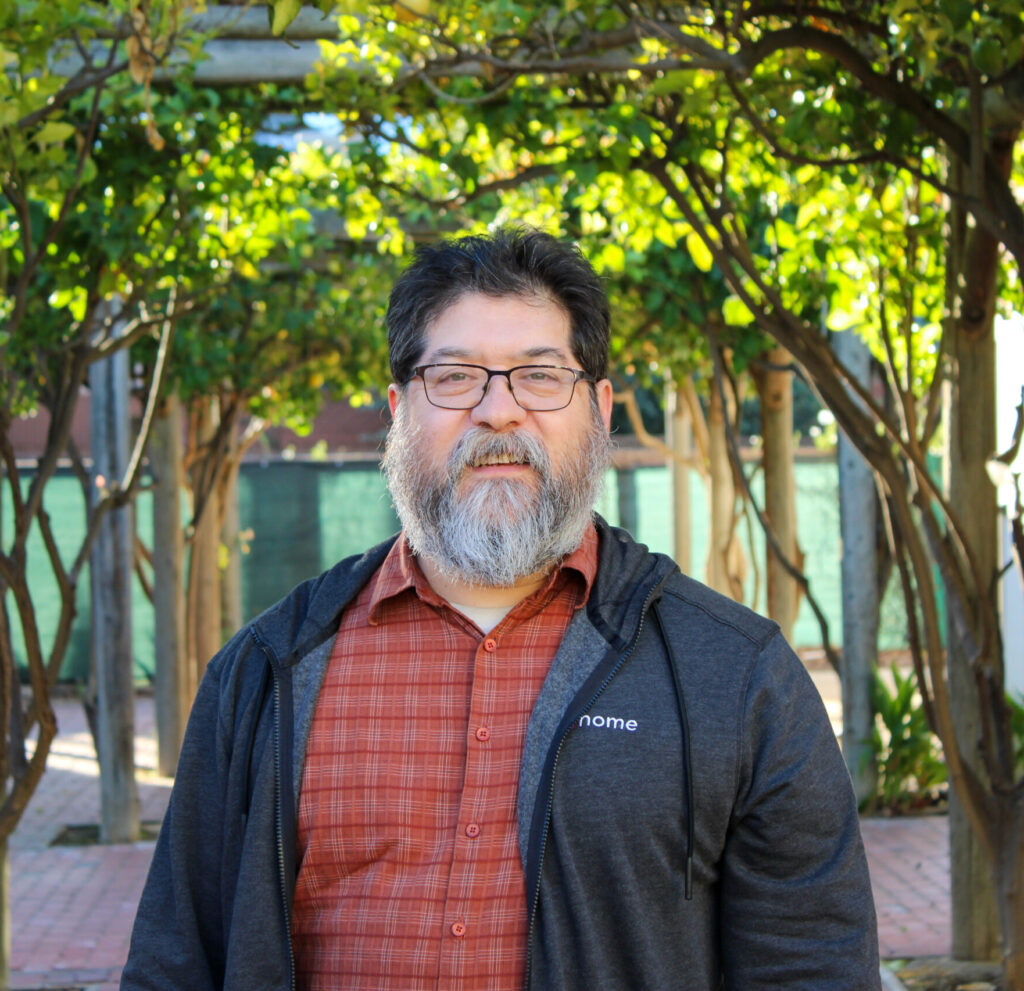Elsie Richardson: Unsung Founder of Community Development

Community Development is not something that everybody knows about, let alone how it started in this country. But, to the extent that there is a mainstream narrative about community development, Robert Kennedy is generally credited as the key figure in the origin story of community development.
For example, this quote is from The Past, Present, and Future of Community Development:
In 1966, Bobby Kennedy and his aides conceived the idea of a “community development corporation,” a prototype of which they worked to set up in Brooklyn’s Bedford-Stuyvesant neighborhood. As Daniel Patrick Moynihan put it, the Bedford-Stuyvesant project would “get the market to do what the bureaucracy cannot.” With the support of New York Republican leaders Senator Jacob Javits and Mayor John Lindsay, Kennedy persuaded Congress and the administration in November 1966 to amend the Economic Opportunity Act by adding the “Special Impact Program” to fund community development ventures in urban poverty areas.
Here’s a similar quote from a National Institutes of Health publication:
The modern field of community development in the United States has its historical origins in the War on Poverty programs of the 1960s, which introduced a constellation of federal programs designed to provide education and job training to expand employment opportunities, as well as government support for community planning and organizing. In 1966, Senator Robert F. Kennedy and his aides worked with local residents to create the first “community development corporation” (CDC) in the Bedford-Stuyvesant neighborhood in Brooklyn, New York, which combined locally driven community action with the market-based principles of private enterprise.
This first CDC, founded in 1967 as the Bedford Stuyvesant Restoration Corporation, coordinated programs focused on the creation of housing, jobs, health facilities, recreation, and more in the defined geography of the neighborhood, fulfilling Kennedy’s vision for holistic and locally driven approaches for alleviating poverty. “An effort in one problem area is almost worthless,” Kennedy said in a speech announcing the first community development project. “A program for housing, without simultaneous programs for jobs, education, welfare reform, health, and economic development cannot succeed.” This movement spread nationwide, with low-income communities creating the thousands of CDCs that exist nationwide today.
In contrast to the versions of the community development origin stories above, here’s a link to a video of Elsie Richardson telling the real story about the origin of community development in Bed-Stuy. The relevant part starts just after the 5-minute mark and goes until approximately 9:30 (4 and a half minutes – a quick watch if you don’t have the time for the entire video). It’s from a documentary series produced by the New York City Commission on Human Rights called “Fighting for Justice, New York Voices of the Civil Rights Movement.”
I’ll mostly let Elsie Richardson (via the video) speak for herself, but just wanted to make a quick couple of notes. The first is to note that the community organizing that precipitated the 1965 Kennedy visit started at least in the early 1950s and had to involve hundreds of community leaders. This timescale, depth of commitment, and what folks were able to accomplish is truly inspiring. The second is that, in comparison to the mainstream histories of community development, Elsie Richardson’s version of the community development origin story better captures what I think is the true heart of community development: community control and empowerment and the ability for low-income communities and communities of color to build, for ourselves, the places where we want to live.

